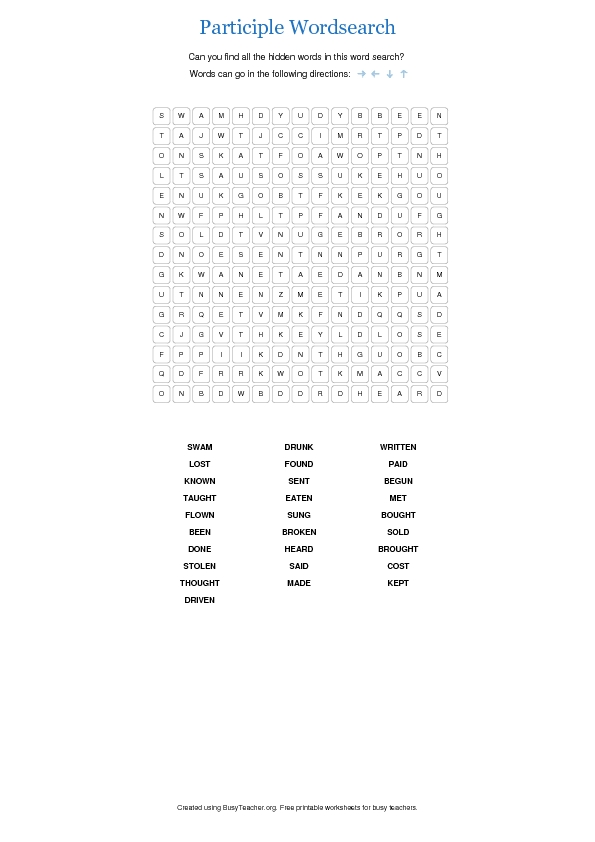THE PRESENT PERFECT
OBJECTIVEBy the end of the lesson students should be able to express ideas about activities they haave done in oral and written way.
WARM UP

GRAMMAR

Mary is looking for her key.
She can`t find it. She has lost his key
Pronouns
|
Auxiliary
|
Verb in Past Participle
|
I
|
have
|
worked
|
You
|
have
|
studied
|
He
|
has
|
done
|
She
|
has
|
written
|
We / You / They
|
have
|
been
|
The present perfect simple is HAVE / HAS + PAST PARTICIPLE. The past participle often ends in -ED (finished / decided / lived etc), but many important verbs are irregular (lost / been / written etc).
When we use the present perfect there is always a connection with now. The action in the past has a reuslt now:
He told me his name but I have forgotten it. (I can`t remember it now)
Is Sally here? No, she is gone out (she is out now).
We often use the present perfect to give new information or to announce a recent happening:
The police have arrested two men.
You can use the present perfect with JUST, ALREADY, and YET
JUST= a short time ago
Would you like something to eat? " No, thanks, I have just had lunch"
We use ALREADY to say that something happened sooner than expected
What time is Mark leaving? He`s already gone
YET= "until now" and shows that the speaker is expecting something to happen. Use YET only in questions and negative sentences.
I have written the letter but I haven`t posted it yet.
ACTIVITIES

PAGE 66, ENGLISH, PLEASE 2
LISTENING
PAGE 66 ENGLISH, PLEASE 2
https://www.youtube.com/watch?v=e3-5YC_oHjE
READING





